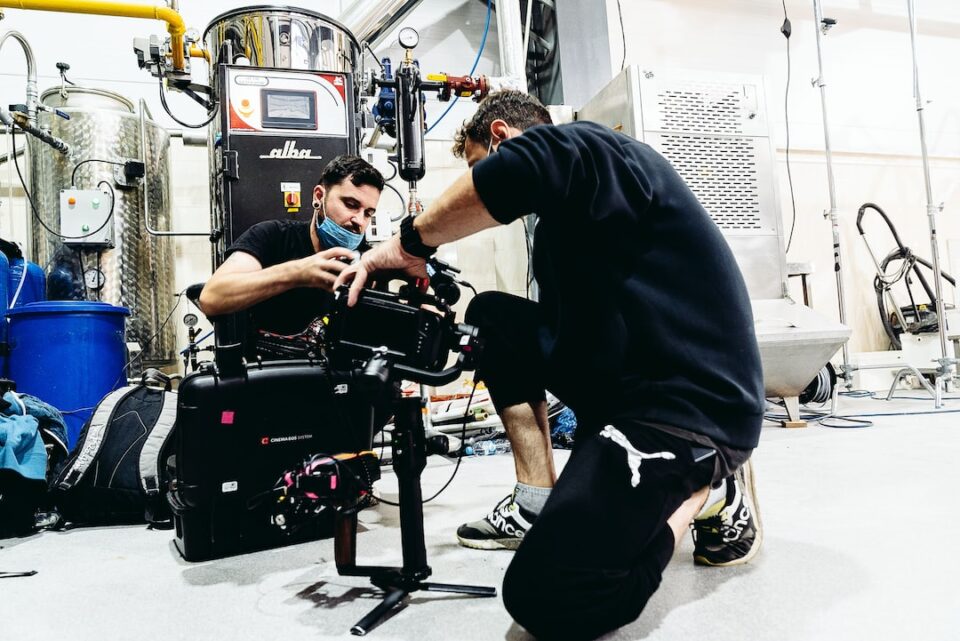Exploring the Future of Automation in Manufacturing
Automation has been revolutionizing the manufacturing industry for several decades now, and its impact is only set to grow stronger in the future. As technology advances and becomes more sophisticated, the role of automation in manufacturing is becoming increasingly significant. In this blog post, we will explore the future of automation in manufacturing and its potential implications.
One of the key advancements in automation is the adoption of robotics in manufacturing processes. From assembly lines to material handling, robots are being employed to perform tasks traditionally done by human workers. With the ability to work tirelessly for extended periods, robots can enhance productivity and efficiency while minimizing errors and improving overall product quality.
The future of automation in manufacturing lies in the increasingly intelligent and versatile nature of robots. We are entering an era where robots can not only perform repetitive tasks but also make autonomous decisions based on real-time data. This is made possible through the integration of artificial intelligence (AI) and machine learning algorithms, enabling robots to learn and adapt to changing circumstances.
AI-powered robots have the potential to transform manufacturing operations by improving speed, accuracy, and problem-solving capabilities. For instance, in a factory setup, an AI-powered robot can monitor production processes, detect anomalies, and make necessary adjustments without human intervention. This not only eliminates the need for constant human supervision but also reduces the chance of errors and increases overall productivity.
Automation in manufacturing also extends beyond the realm of robots. Another significant development is the use of Internet of Things (IoT) technology to create smart factories. By connecting various equipment and machines to a centralized network, manufacturers can gather real-time data and remotely monitor operations.
The future of automation in manufacturing includes the use of IoT-enabled sensors to monitor machine health, predict maintenance requirements, and optimize production schedules. By having a comprehensive understanding of the status of each machine, manufacturers can minimize downtime, reduce costs, and increase efficiency.
Furthermore, the integration of automation and data analytics is poised to provide manufacturers with valuable insights for decision-making and process improvement. By analyzing large datasets generated by automated systems, manufacturers can identify patterns, trends, and areas for optimization. This data-driven approach can help streamline operations, optimize resource allocation, and identify potential bottlenecks or inefficiencies.
However, as automation in manufacturing progresses, concerns about job losses arise. The fear that robots will replace human workers is a valid one, but it is crucial to recognize the opportunities that automation creates. While certain manual jobs may become redundant, automation opens up new avenues for skilled workers, such as operating and maintaining advanced robotic systems or developing AI algorithms.
Moreover, automation can lead to the creation of entire new industries and job categories. As manufacturing processes become more automated, the need for skilled engineers, technicians, and computer scientists to design, develop, and maintain automated systems will increase. The future of automation in manufacturing may very well involve a shift in the demand for labor, rather than an outright replacement.
In conclusion, the future of automation in manufacturing is bright and promising. With the integration of robotics, AI, machine learning, IoT, and data analytics, manufacturers can expect increased productivity, efficiency, and quality. While concerns about job displacement are valid, automation also presents opportunities for new job creation and the development of new skills. As we embark on this automation revolution, it is essential to embrace the potential of automation while preparing and adapting to the changes it brings.

